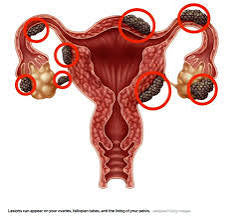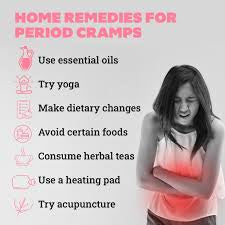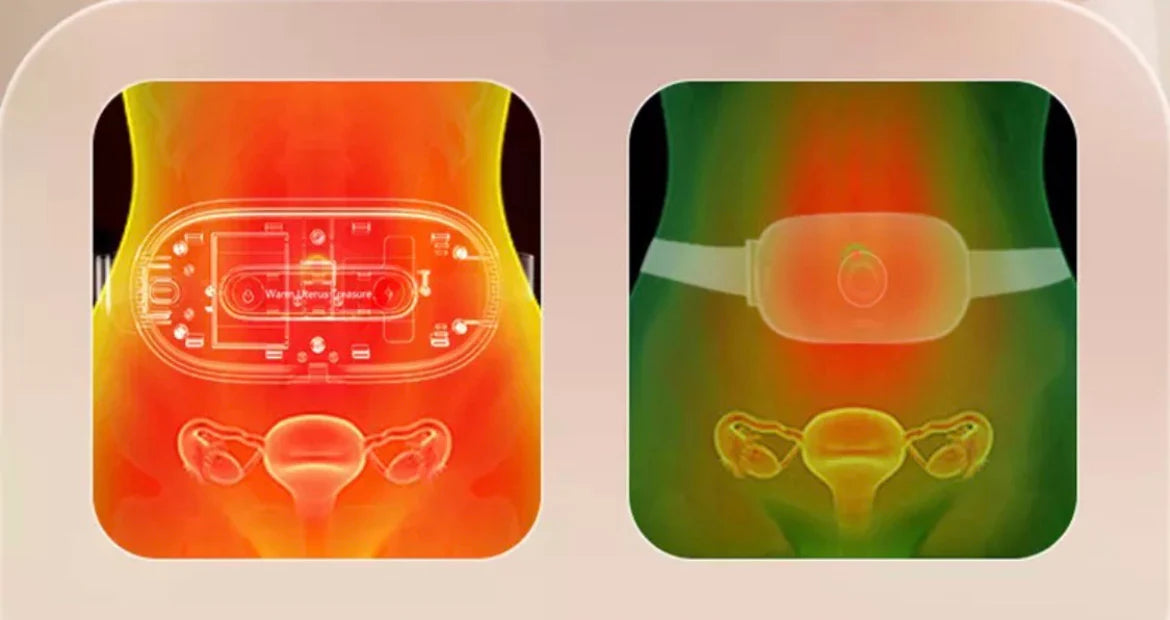How to Overcome an Endometriosis Diagnosis: A Comprehensive Guide**

Receiving an endometriosis diagnosis can be overwhelming, leaving you with many questions and uncertainties. But with the right knowledge and tools, it’s possible to manage the condition and improve your quality of life. In this blog post, we’ll cover how to overcome an endometriosis diagnosis, including effective pain management techniques, lifestyle changes, and emotional support strategies to help you thrive despite this chronic condition.
1. **What is Endometriosis?**
Endometriosis is a condition where tissue similar to the lining of the uterus (endometrium) grows outside the uterus. This can cause chronic pain, inflammation, scarring, and in some cases, fertility issues. Endometriosis often affects the ovaries, fallopian tubes, and tissue lining the pelvis, but it can also spread to other parts of the body.
Common symptoms include:
- Severe menstrual cramps
- Chronic pelvic pain
- Pain during intercourse
- Digestive issues like bloating or constipation
- Lower back pain
If you’ve recently been diagnosed with endometriosis, here’s how you can take control of your health and manage the condition effectively.
### **1. Understand Your Diagnosis**
The first step to overcoming an endometriosis diagnosis is to fully understand the condition. This means educating yourself on the causes, symptoms, and potential treatments. You can do this by:
- **Consulting with a Specialist:** Find a gynecologist or endometriosis specialist who can give you detailed information about your diagnosis and treatment options.
- **Seeking a Second Opinion:** Endometriosis can sometimes be misdiagnosed or misunderstood. If you have doubts, don’t hesitate to seek a second opinion from a specialist.
- **Joining Online Communities:** Support groups, forums, and social media communities can provide valuable insight into how others are managing their endometriosis.
### **2. Pain Management: Finding What Works for You**
Pain is one of the most challenging aspects of endometriosis, but there are several ways to manage it. The key is to find a combination of approaches that work for your body.
- **Medication:** Over-the-counter pain relievers like ibuprofen or prescription pain medications can help ease severe cramps and chronic pain. Hormonal treatments, such as birth control pills, can also help manage the symptoms by regulating hormone levels and reducing the growth of endometrial-like tissue.
- **Heat Therapy:** Using heating pads or warm baths can help relax the muscles and reduce cramping. Many women find relief by applying heat to their lower abdomen or back during flare-ups.
- **Dietary Changes:** Some people find that dietary changes, like reducing inflammatory foods (sugar, gluten, and dairy), can help alleviate symptoms. An anti-inflammatory diet rich in vegetables, omega-3 fatty acids, and lean proteins can promote overall wellness and potentially reduce pain.
- **Exercise:** Gentle exercises like walking, yoga, or swimming can improve blood flow, reduce pain, and help manage stress. Physical activity can also increase endorphins, which are natural painkillers.
### **3. Explore Treatment Options**
While endometriosis cannot be cured, there are several treatment options that can help manage symptoms and slow disease progression:
- **Hormonal Therapy:** Hormonal treatments, such as oral contraceptives, progestins, and GnRH agonists, can reduce or eliminate menstrual periods, leading to fewer endometriosis flare-ups. These medications help reduce the tissue’s growth outside the uterus.
- **Surgery:** In severe cases, your doctor may recommend laparoscopic surgery to remove endometrial-like tissue outside the uterus. This can alleviate pain and improve fertility for some women, but symptoms may return over time.
- **Alternative Therapies:** Some people find relief from complementary treatments like acupuncture, pelvic floor therapy, or chiropractic care. Discuss alternative options with your healthcare provider to see what might work for you.
**4. Prioritize Mental Health and Emotional Wellbeing**
Being diagnosed with a chronic condition like endometriosis can take an emotional toll. It’s essential to prioritize your mental health as part of your overall treatment plan.
- **Talk to a Therapist:** Speaking with a mental health professional who understands chronic illness can help you process the diagnosis and cope with the stress, anxiety, or depression that may accompany it.
- **Join Support Groups:** Connecting with others who are going through the same thing can be empowering. Support groups provide a safe space to share experiences, ask questions, and learn coping strategies.
- **Practice Self-Care:** Focus on activities that promote relaxation and reduce stress, such as mindfulness meditation, journaling, or spending time in nature. Regular self-care can help you regain control and improve your emotional wellbeing.
**5. Track Your Symptoms**
Tracking your symptoms can help you and your healthcare provider better understand how endometriosis affects your body and determine which treatments are most effective. Use a journal or app to log the following:
- Pain levels and location
- Menstrual cycle patterns
- Diet and exercise habits
- Reactions to medications or therapies
This information can be valuable for making informed decisions about your treatment plan and identifying any potential triggers for flare-ups.
**6. Build a Strong Support System**
Surrounding yourself with a supportive network of family, friends, and healthcare professionals is crucial for overcoming an endometriosis diagnosis. Lean on people who understand your challenges and are willing to support you both emotionally and physically.
Consider enlisting a trusted friend or partner to accompany you to doctor’s appointments or help during severe pain episodes. Don’t be afraid to ask for help when needed — having a strong support system can make a world of difference.
**7. Advocate for Yourself**
Dealing with endometriosis often requires self-advocacy. You know your body better than anyone else, so it’s essential to communicate your symptoms and concerns clearly to your healthcare provider. Don’t settle for a treatment plan that doesn’t feel right or isn’t addressing your needs. Be persistent, ask questions, and don’t be afraid to request alternative treatments if necessary.
**8. Stay Informed About New Research**
Endometriosis research is constantly evolving, with new treatments and therapies being developed. Stay informed about the latest advancements by following reputable medical journals, attending online webinars, or joining endometriosis support networks. This can help you make informed decisions about your health and potentially find new ways to manage the condition more effectively.
**Conclusion: Thriving with Endometriosis**
While an endometriosis diagnosis can be daunting, it’s important to remember that it’s possible to manage the condition and live a fulfilling life. By understanding your diagnosis, exploring treatment options, and prioritizing your mental and physical wellbeing, you can take control of your health and overcome the challenges of endometriosis.
Whether you’re just starting your journey or have been managing endometriosis for years, the key is to stay informed, advocate for yourself, and surround yourself with a supportive community. With the right tools and resources, you can lead a vibrant, fulfilling life despite the condition.
---
**SEO Keywords**: how to overcome an endometriosis diagnosis, managing endometriosis, endometriosis treatment options, living with endometriosis, pain relief for endometriosis, mental health and endometriosis, diet for endometriosis, endometriosis support.



